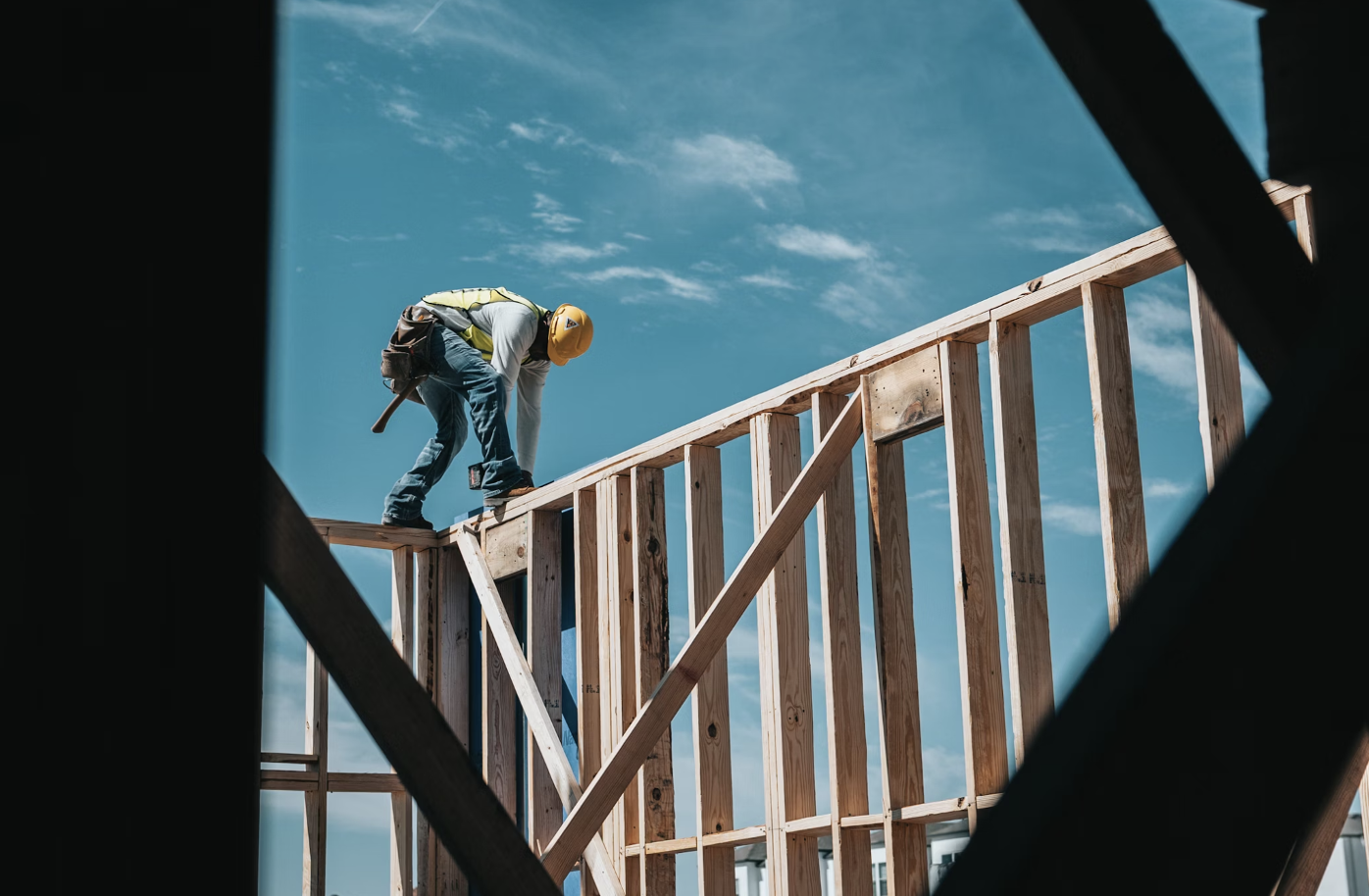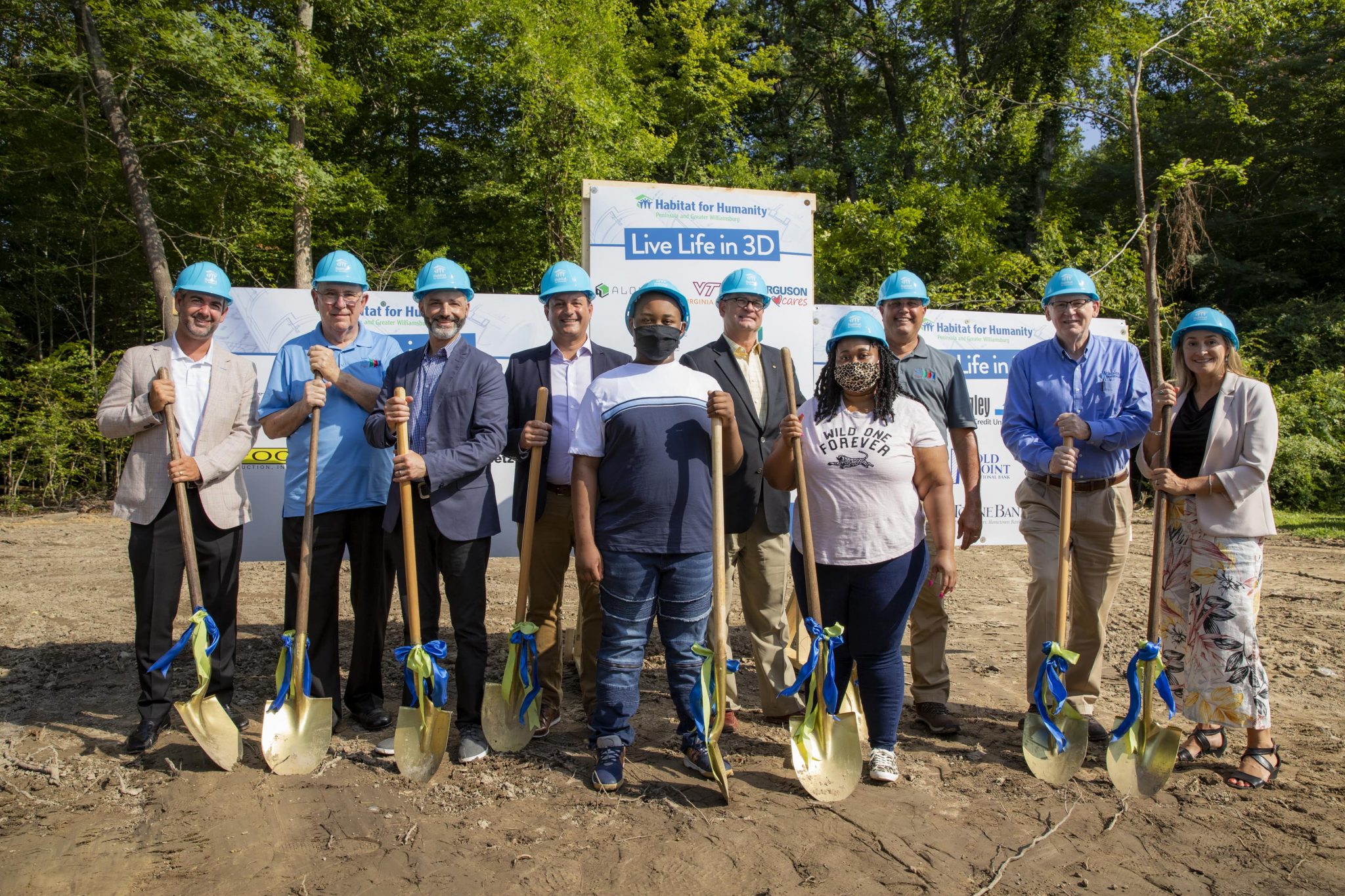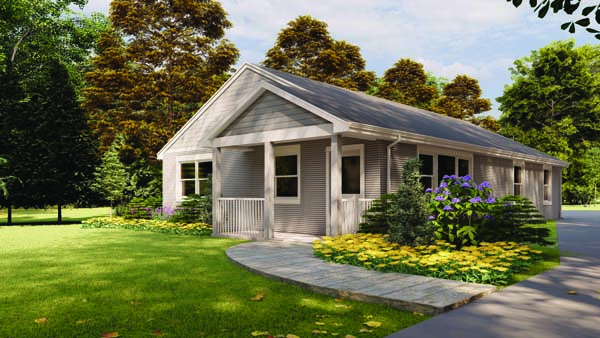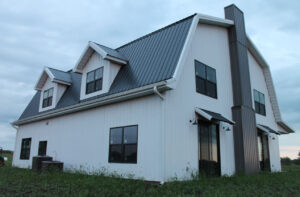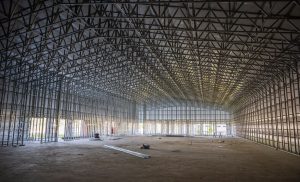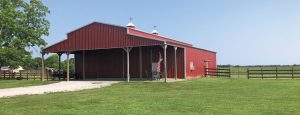Business Information Modeling (BIM) technology has become a cornerstone in the construction industry as the drive toward digitization gains momentum.
A testament to these tools’ promise and near-endless potential is the 65% of companies reporting a positive ROI after utilizing and implementing BIM technologies.
While it’s impressive that two-thirds of companies are reaping benefits from BIM implementation, it’s equally intriguing to note the vast range of reported ROI, spanning from a loss of −83.3% to a staggering 39,900% return.
Also, since two-thirds of construction organizations report positive outcomes with BIM, one-third of companies fail with the technology.
In other words, construction leaders (in this instance, rural construction leaders) can’t count on BIM as a magic bullet. It’s a foundational tool, yes, but it’s only as valuable as your engagement and insight in its implementation.
For instance, in the context of rural construction, BIM can significantly enhance sustainability to drive improved business results. However, its potential can only be fully realized when implemented correctly.
In the following sections, we will delve into how to leverage BIM technology to drive sustainability in rural construction.
What Does Sustainability Mean To Your Rural Construction Organization?
Our primary focus is on how sustainability can enhance your rural construction company’s bottom line and how implementing BIM technologies can bolster sustainability.
While we often discuss sustainability through an environmental preservationist’s lens, it’s important to note that these principles are not merely green-friendly or pie-in-the-sky. They can be applied practically to running a more successful enterprise across all sectors, including rural construction.
A philosophy rooted in sustainability ensures you maximize every asset and resource to reach peak value, a concept that is highly applicable to your rural construction business and its ongoing projects.
In the instance of rural construction, properly implementing BIM technologies with sustainability in mind will offer the following benefits:
- Reduce job-site waste by facilitating offsite construction.
- Cut down on crew time while increasing efficiency.
- Accelerating the construction timeline.
Facilitating Offsite Construction With BIM Tools To Reduce Waste.
BIM’s remarkable waste reduction efficiency for rural construction projects can be primarily attributed to its ability to facilitate offsite construction. Let’s delve into this:
- Offsite construction, with its 90% decrease in construction waste, is a testament to the precision and control offered by BIM. In particular, BIM enables detailed offsite models for prefabrication, ensuring that every element is cut to precise specifications, thereby reducing material waste onsite.
- The digital environment provided via BIM-facilitated offsite construction lets you see how models appear in a digital environment before they appear on site. Thus, using virtual design and construction tools, you can increase the accuracy of cutting lists, ensuring precision from the initial planning phases until onsite construction.
- BIM models reduce data transfer barriers and steps to ensure the utmost data accuracy during offsite construction, reducing mistakes and miscalculations during the process.
- Many offsite BIM technologies incorporate steel, concrete, timber, and other construction materials, eliminating the need for separate file types and conflicting software interfaces. Reducing this amount of information clutter improves accuracy.
- BIM technologies foster a collaborative environment, ensuring every aspect is thoroughly examined, and fresh eyes catch potential errors.
It’s unsurprising to learn that BIM prevents between 4.3% and 15.2% of construction waste compared to when projects don’t leverage it.
These numbers could prove crucial to your bottom line since three-quarters-plus of all construction waste contains untapped value.
Rural construction projects can best harness said value by taking measures bolstered by BIM technologies, which enable you to recycle and repurpose materials that would otherwise go to waste.
Increase Efficiency And Reduce Crew Time With BIM.
One crucial way to increase efficiency and reduce crew time with BIM tech is through its clash detection mechanisms.
More to the point, clash detection catches potential issues in pre-cutting and pre-drilling processes that would lead to increased workloads and money wasted on labor.
Furthermore, with the detailed and accurate drawings BIM software provides, you further streamline fabrication and installation. Crews benefit from reliable blueprints to guide their work and help them move more swiftly while maintaining precision and attention to detail.
BIM tools also allow seamless and real-time communication, coordination, and collaboration with crew members, subcontractors, and suppliers.
As such, everyone knows what’s happening when it’s happening, ensuring no crosswires that lead to delays. Preventing issues before they arise is crucial to reducing crew time because if a problem occurs, it’ll lead to more work and a heightened labor cost.
Concerning the above points, one construction project with over a $200 million budget through BIM technology reduced schedule crashing and labor by 50%.
Use BIM To Accelerate The Construction Timeline.
You’ll enhance sequencing and planning during your rural construction project with BIM because the available tools aid in improved decision-making throughout, including effective risk assessment with BIM.
The 3D models enriched with robust information allow project leaders to lay out projects accurately, ensuring that only the necessary work is done—and nothing more.
In addition, BIM reduces project skill requirements due to its integrative capabilities with mixed reality platforms. This combination enables augmented and virtual reality simulations, replicating site conditions, safety hazards, quality issues, design changes, etc.
With these features leading the way, rural construction projects can achieve faster dry-ins with expedited timelines and streamlined sequencing. Your scheduling and planning will be free of bloat.
From there, moving on to the next project is possible instead of being tethered to a build that won’t end because everything keeps going awry.
Future Sustainability Trends For BIM In Rural Construction.
Here are some future sustainability trends for BIM in rural construction:
Research already shows that BIM-IoT integration (including onsite sensors of devices, ubiquitous network connectivity, data processing, etc.) is the wave of the future. It promises to save energy and cost while optimizing resource use, which will prove crucial in sustaining lasting success in rural construction.
Drones-BIM integrations will continue taking the industry forward, as the un-piloted aerial devices provide birds-eye photos to display the location of assets and generate 3D models, helping with project coordination.
On a macro level, BIM will continue to promote sustainable rural development by optimizing cash flow. The related tools can also help redefine real estate assets, improving tax planning strategies while enabling accelerated tax depreciation.
In reality, the future of BIM in rural construction is now. Embracing this technology now will give project leaders a significant competitive edge in sustaining business success and optimizing outcomes during builds.
Tom Schwarzweller is an Account Executive for Microsol Resources for upper New York State and Michigan. Tom has a long background in selling and supporting CAD and BIM software to the architectural, engineering, and construction industry. He has worked with many of the early adopters of building information modeling (BIM) and has learned the benefits that BIM can create and an understanding of what makes a BIM implementation successful. His many interests include sailing, photography, and biking.


